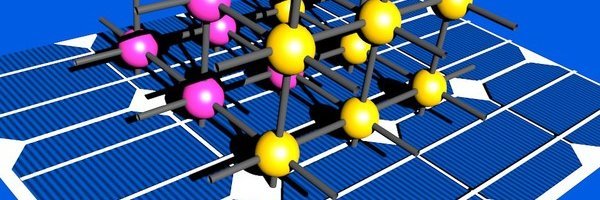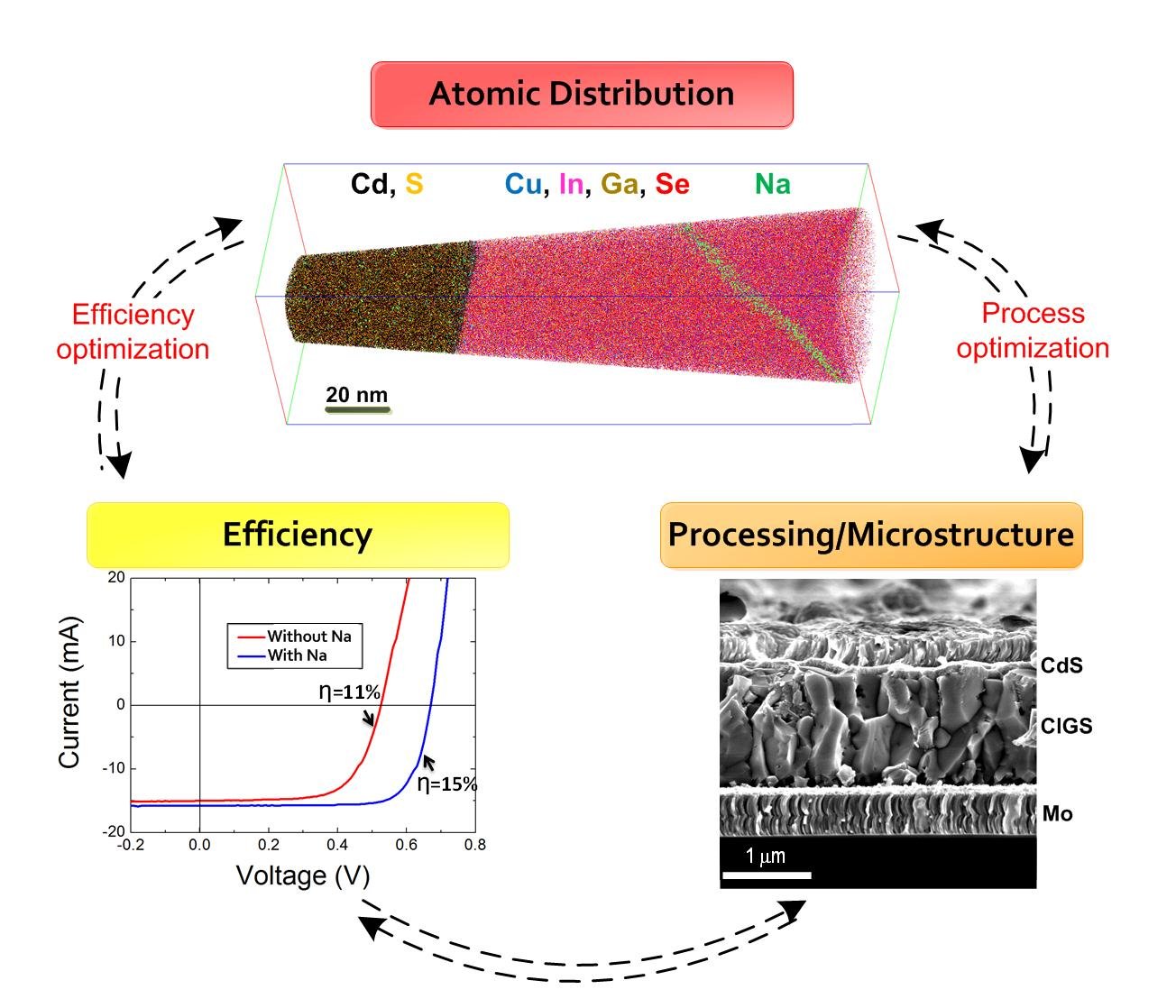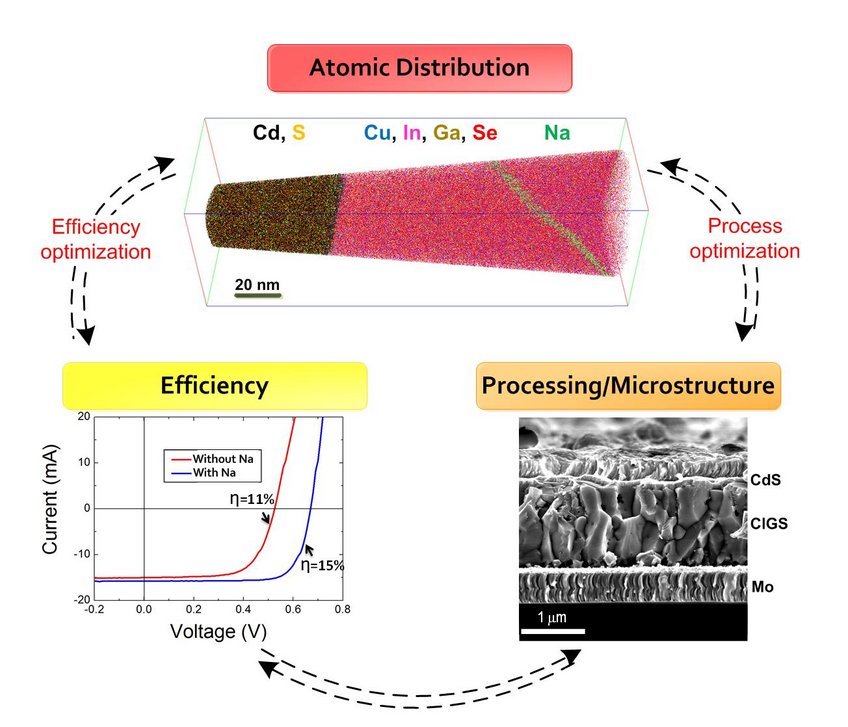
Nanocharacterization for Advanced Functional Materials "Cooperation with RWTH Aachen University"
The goal of this research group is to understand the relationship between the chemical, electrical, and structural properties for a series of interface-dominated solar cells (multicrystalline Si and thin-film solar cells). This is achieved by performing correlative studies on specific regions using joint electron backscatter diffraction/transmission electron microsocpe, electron beam-induced current/cathodoluminescence, and atom probe tomography.
Group Mission
Functional Materials are often characterized by particular inherited functions such as energy storage,optical and electrical data storage, ferroelectricity, etc. which makes them to become a central focus of investigation in material science, physics, and chemistry. Moreover, the performance of these materials is strongly linked to their chemical, structural, and electrical/optical properties.
Therefore, the aim of this group of the I. Institute of Physics (IA) is to understand and design complex functional materials through advanced nanocharacterization methods such as atom probe tomography, transmission electron microscopy, electron backscatter diffraction and electron beam induced current as shown in the picture below. Atom probe tomography is a modern and powerful tool able to map the position and identity of the atoms in 3D. It is believed that APT combined with other (nano)characterization tools will help in technological advances, i.e. in the development of novel energy and data storage materials.
Current research topics in the group:
Tuning ElectRicAl Properties Of structural Defects upon composition (TETRAPOD): the goal is to understand the relationship between impurity segregation (elemental composition) at structural defects and electrical properties in various PV materials (Cu(In,Ga)Se2 and multicrystalline Si);
NOVel Avenues for PROperty design (NovaPro): several thermoelectric materials are investigated employing correlative microscopy approach to elucidate the effect of structural defects on thermoelectric properties
INVESTigating bOnd Rupture in covalent, ionic, metallic and metavalent materials (INVESTOR): APT studies had proven an unconventional bond rupture behavior for metavalent materials à an extraordinary high number of multiple events. Goal is to employ the newly established metavalent bonding in discovering novel path in designing materials with superior properties.

Correlation between Processing/Microstructure, Efficiency, and Atomic Distribution in Cu(In,Ga)Se2 - thin film solar cells.
In conclusion, the goal of this research group is to understand the relationship between the microstructure, efficiency and atomic redistribution for a series of interface-dominated solar cells.
Research Highlight 2009-2015
Since more than four years, we work on different thin-film solar cells using a very new and powerful technique called atom probe tomography (APT), a technique which is expected to have a great contribution to solar cells development. The aim is to characterize the redistribution of the elements and impurities within the internal interfaces and planar defects and to correlate these chemical properties with the electrical and structural ones. This work is in close collaboration with famous research institutes in solar technology such as Zentrum für Sonnenenergie – und Wasserstoff Forschung Baden-Württemberg (ZSW-Stuttgart) and Helmholz Zentrum Berlin (HZB), Luxembourg University, Lyon University, Cottbus University, MPI Halle, etc.
